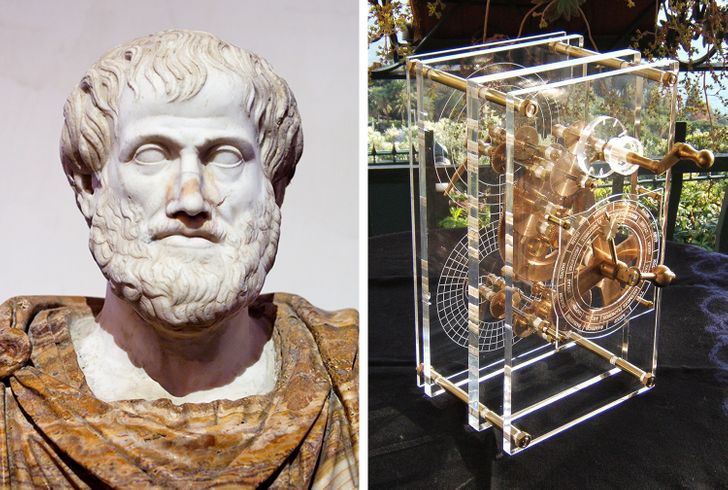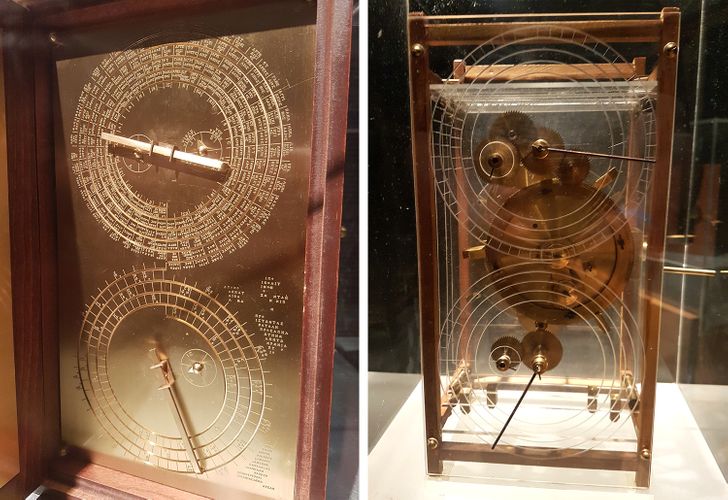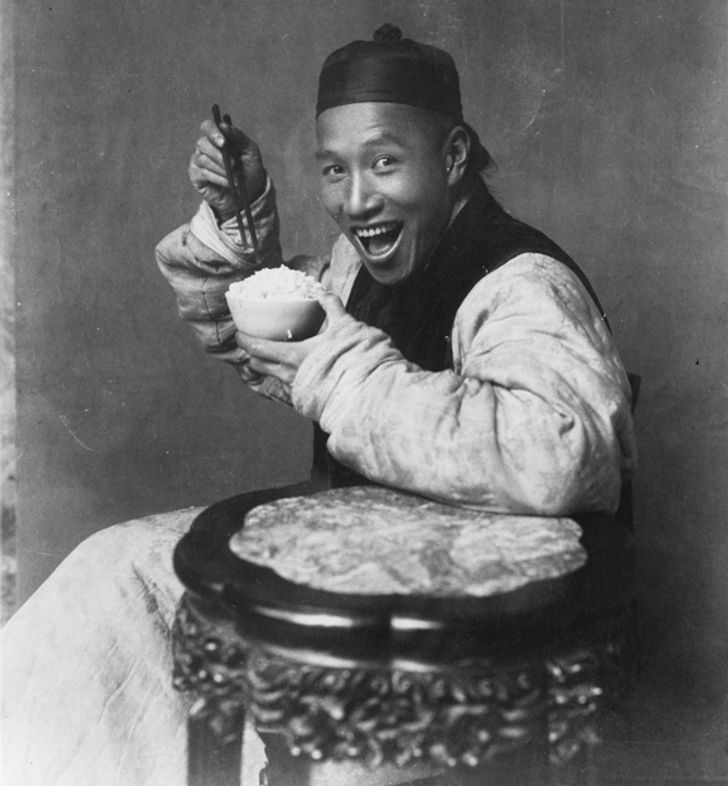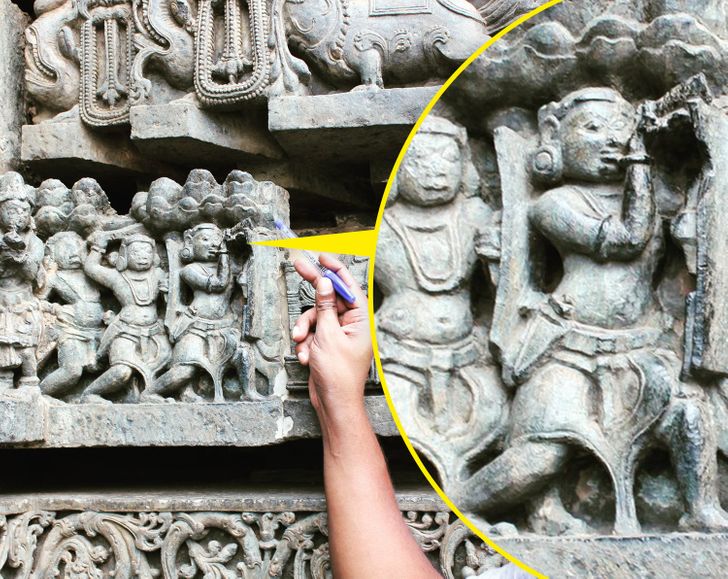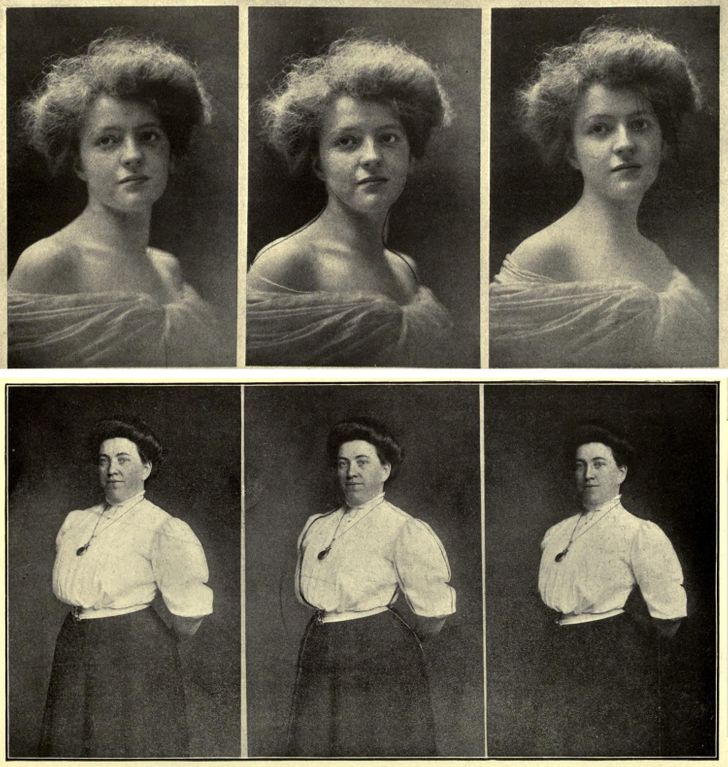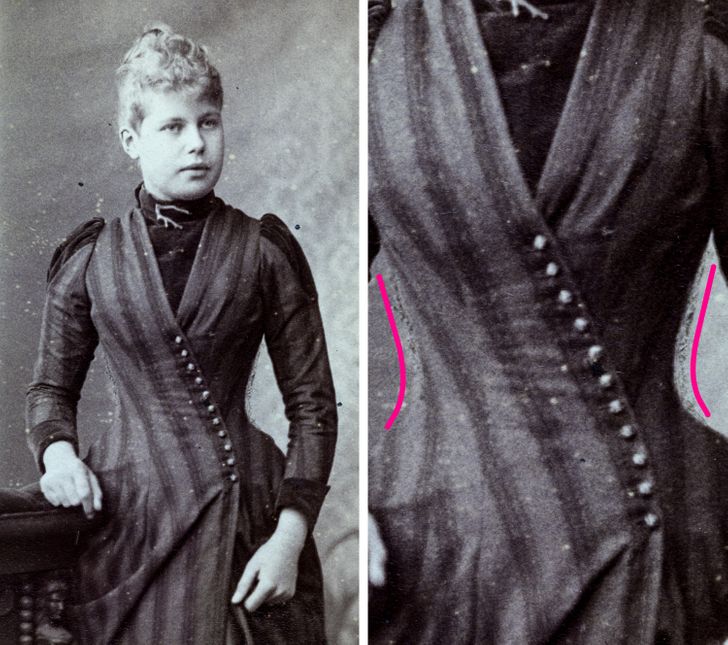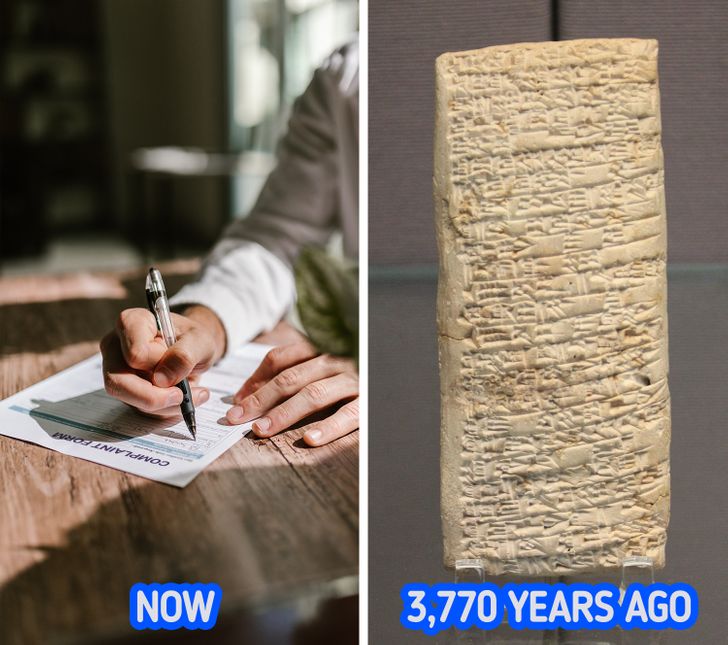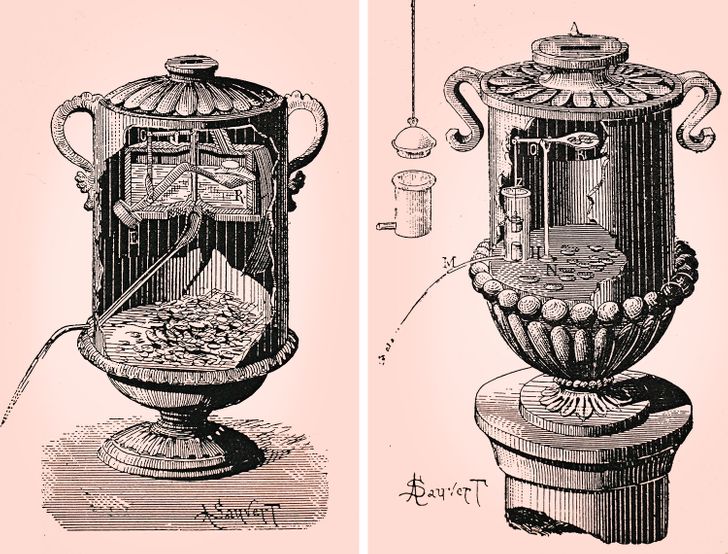l find it fascinating that SO Many of our Modern discoveries have either roots in the past or were past inventions. Also that we can put a man on the Moon but know Almost Nothing of the depths of our own Oceans!
7 “Modern” Things We Had No Idea Existed in the Past
Sometimes, we have entrenched ideas of what people in the past were like. So Bright Side conducted research to show you that some things came to be much earlier than we thought.
1. Vikings had free-form rap battles.
Sometimes, we tend to imagine Vikings as uncouth barbaric people who spend their time sailing and pillaging, but this is far from the truth. Vikings had a complex democratic legal system, respected women, and had child rights. In addition to this, they practiced something very similar to rap battles.
Of course, these weren’t referred to as “rap battles,” but rather, flyting. The participants exchanged improvised insults in poetic form, accusing each other of the lowest misdeeds, while the audience decided whose verse they liked the most. It provided great entertainment, especially during feasts, and served as a test of one’s cunning and intellect. In Norse myths, even the gods participated in such verbal fights.
2. Ancient Greeks had a computer.
This set of gears and spirals made roughly around 205-60 BCE, is the world’s first analog computer. On the front, it calculated the movement of various astronomical objects with extraordinary accuracy and could be used for predicting eclipses and other cosmic events. The back was used for keeping score during sports games, including the Ancient Olympic games.
3. China had street food corners in the tenth century.
While chopsticks existed as early as the twelfth century BCE, they became popular in China during the Song Dynasty (900-1200 CE) thanks to street food vendors! At the time, street food was all the rage, the poor and rich alike enjoyed it a lot, so vendors needed to have disposable eating utensils. Cheap and easily made chopsticks came in handy.
4. India, in the Iron Age, had telescopes and air conditioning.
In the eighteenth century BCE in India, astronomy was what the cool kids did. Large observatories, called Jantar Mantars, were built to monitor the movement of planets and their parameters with extreme accuracy. During the same period, telescopes were already invented and used regularly.
As for air conditioning, India has a hot climate, and to survive, you need to adapt your dwellings. Most Indian homes of that time contained a special room with a pool, called a stepwell, in the foundation. When the water evaporated in high heat, it cooled and moisturized everything around. The stepwell could be easily accessed via stairs and used as a regular pool.
5. Victorians “Photoshopped” their photos.
Facetuning and other photo alterations to achieve the current beauty ideal is in no way a modern thing. Aside from obvious artistic humorous photos of people holding their heads and such, which were created using negatives, at the same time, retouched, everyday portraits were extremely common. There were even special manuals that instructed people on how to better edit their photos.
That being said, it isn’t like people a century ago all miraculously had perfect skin and tiny waists. There were methods to remove wrinkles and skin defects, mostly by scraping tiny parts of the photo with a blade or adding ink with pencil and paint. Professionally made photos were mostly against a blurred, white or black background so it would be easier to make a correction.
And, just as in modern Facetune and Photoshop, upon closer inspection, you can see traces of alterations (shadows, original lines, and different textures) if you just zoom in on a photo. Some are more obvious, same as today’s warped closets in the backgrounds of Instagram pics, while the others are harder to pinpoint.
6. Mesopotamians had customer service feedback.
Ancient Babylonians were just like us, complaining about poor customer service from retailers — except they did it on clay tablets.
There is a clay complaint letter from the eighteenth century BCE from a disappointed customer to a merchant who sold him bad-quality copper ingots. The customer demanded to be delivered other goods since he had already paid. He also mentioned that his servant (who handled the whole transaction) had been treated rudely — which captures the “I-want-to-see-a-manager” vibe of the situation.
7. Ancient Rome had vending machines.
Ancient Rome could brag about vending machines where you could get some water for coin; automated puppets would put on plays for almost 10 minutes in length, powered by knots and ropes, accompanied by a wind-powered organ and a working steam engine, fueled by wood instead of coal. All of this was invented by a single guy, Hero of Alexandria, who lived in Roman Egypt at that time.
What other devices and phenomena do we have now that existed in the past?
Comments
Related Reads
15 People Who Know What Real Danger Feels Like

My MIL Secretly Removed All Vegan Options From Our Wedding, So I Gave Her a Taste of Her Own Medicine

My MIL Tried to Humiliate Me on My Big Day, So I Threw Her Out

24 Stories That Prove Family Bonds Are Like No Other

I Can’t Believe What My Fiancé Wants to Do With MY Inheritance

10 People Who Discovered a Family Mystery That Rocked Their World

My MIL Excluded Us From the Family Trip Because We Don’t Have Kids, So We Made Her Regret It

My Husband Is Playing a Series of Dangerous Pranks on Me — I’m Scared of Being Near Him

10 Dads Who’d Move Mountains to See Their Kids Smile

I Refuse to Give Up My Dream to Help My Stepdaughter

12 People Whose Holidays Had More Shocks Than a Soap Opera Finale

A Woman Decided to Test Her Future Daughter-in-Law, but She Chose the Wrong Person to Mess With


